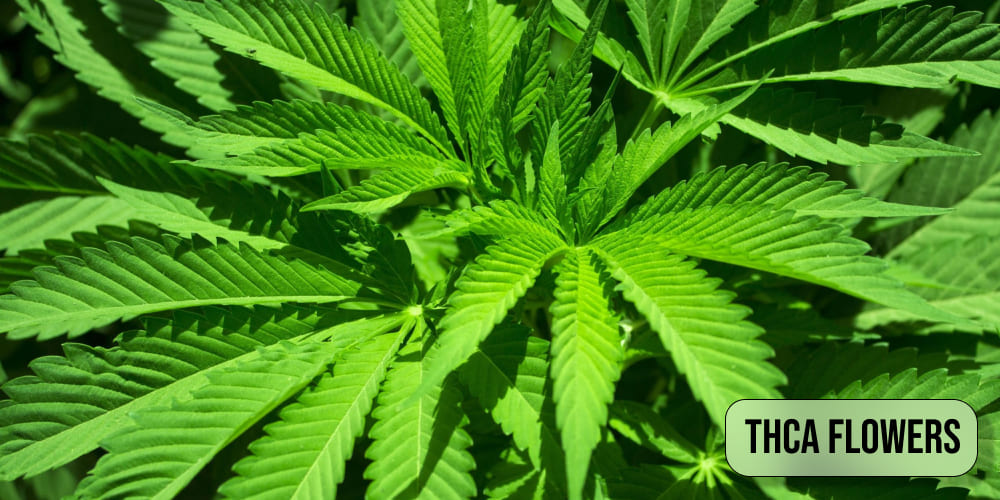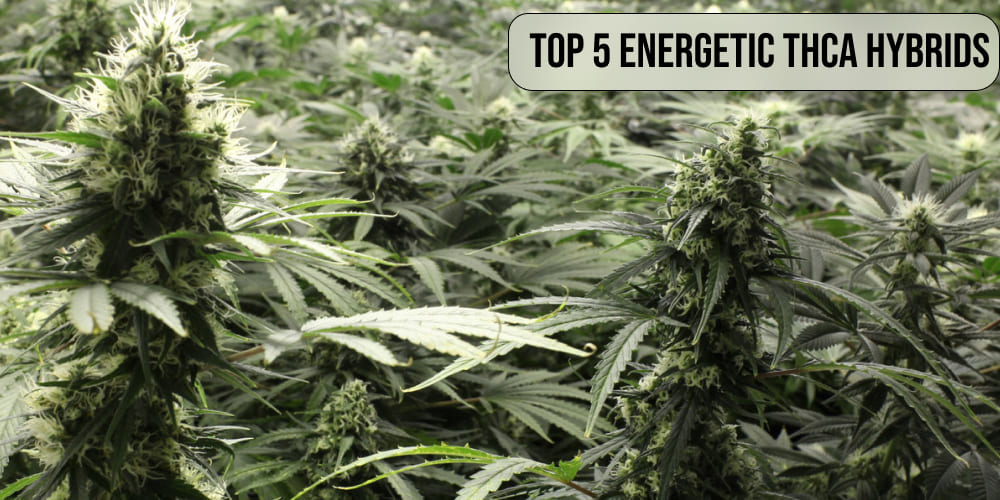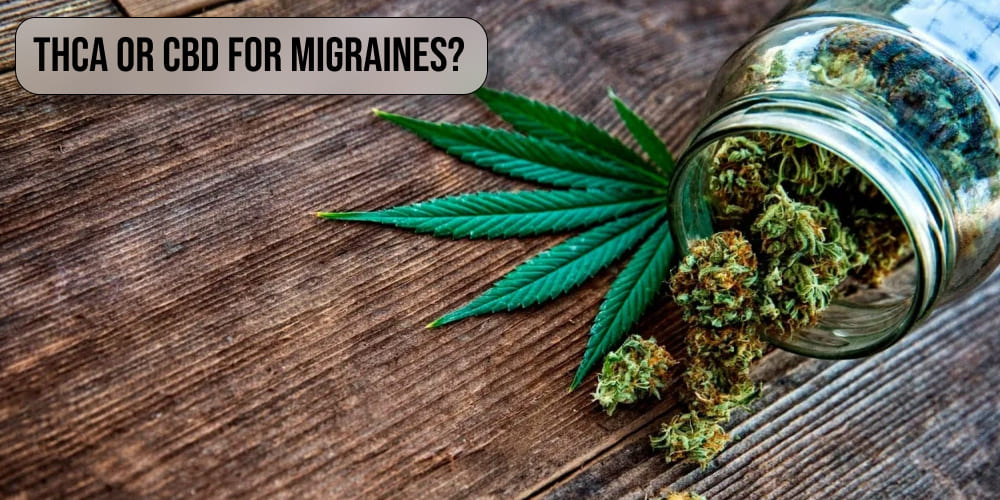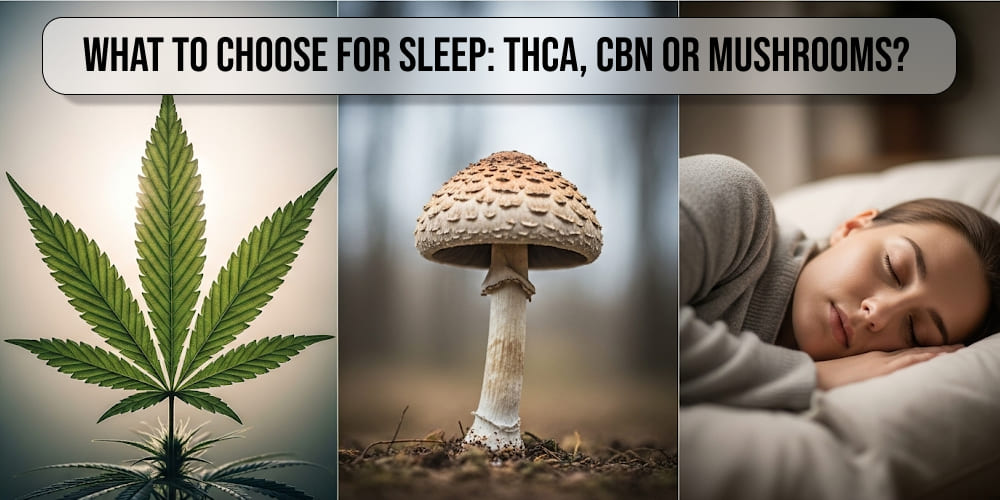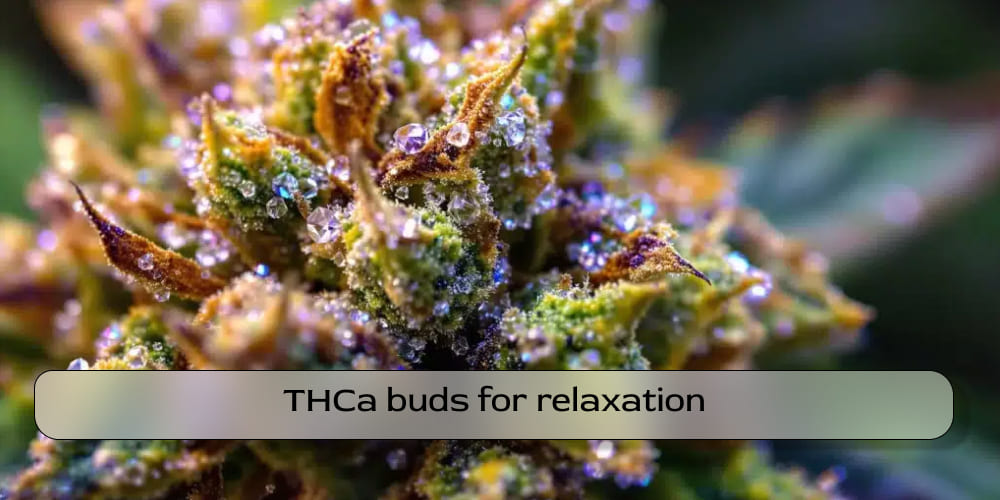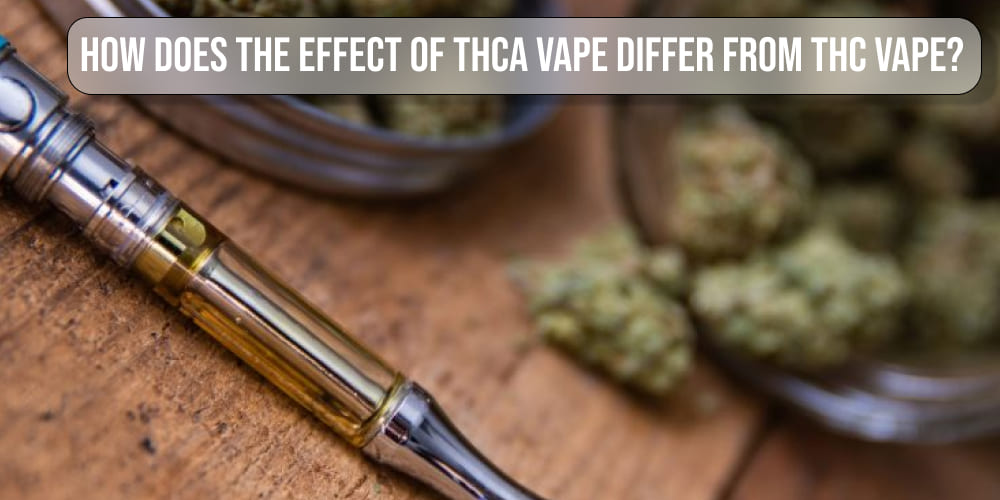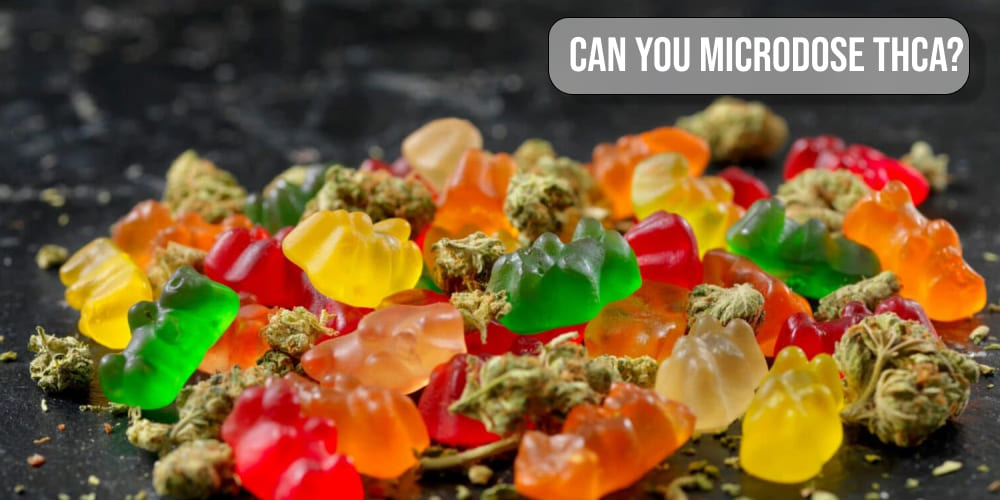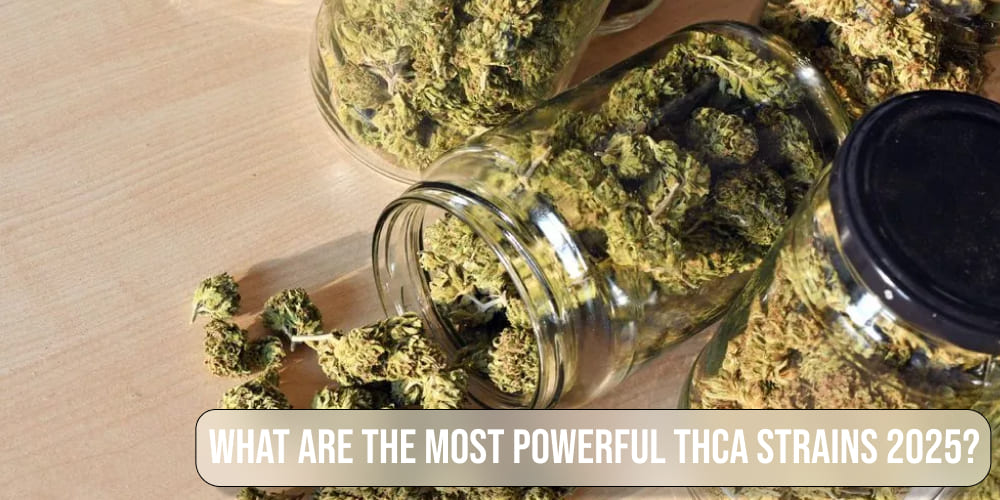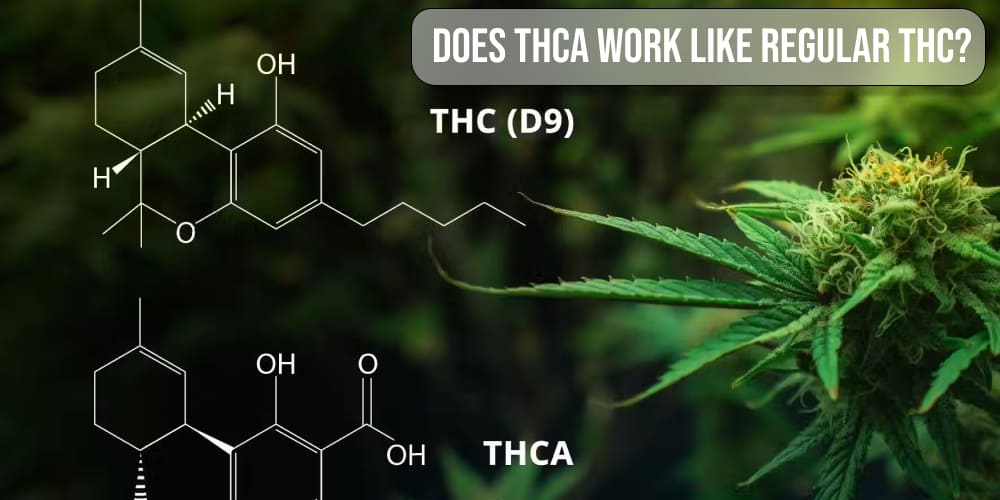Learn more about !
Can THCA be used for pain?

The world of cannabis is constantly revealing new secrets, and among the most intriguing compounds catching the eye of both researchers and users is tetrahydrocannabinolic acid (THCA). Unlike its famous cousin, THC, THCA isn’t psychoactive in its raw form. This means that if you consume cannabis in its unprocessed state (think fresh leaves in a smoothie), you won’t experience that familiar “high.” This fact alone makes THCA incredibly interesting for anyone seeking the therapeutic benefits of cannabis without the mind-altering effects. The question “Can THCA be used for pain?” is becoming increasingly relevant as we dive deeper into the potential of this unique compound.
Raw cannabis, rich in THCA, has been a quiet staple in traditional medicine for centuries, but it’s only recently that science has truly begun to unravel its distinctive properties. THCA is essentially the precursor to THC – it transforms into THC when heated, a process known as decarboxylation. Without this heat, THCA remains in its acidic form, offering a completely different spectrum of effects on the body. If you’ve ever chewed on a fresh cannabis leaf and wondered why you didn’t feel “stoned,” now you know why. It’s THCA doing its work, not THC, opening doors to fresh approaches for managing various conditions, including chronic pain.
- THCA is a non-psychoactive cannabinoid.
- It’s the precursor to THC.
- Raw cannabis, containing THCA, won’t make you high.

Unpacking THCA’s Pain-Fighting Mechanisms
To truly answer the question, “Can THCA be used for pain?“, it’s essential to grasp how this compound interacts with our bodies Unlike THC, which primarily binds to CB1 and CB2 cannabinoid receptors, THCA demonstrates a more complex and multifaceted engagement with the endocannabinoid system and other receptors. This means its pain-relieving actions aren’t limited to directly influencing the same pathways as THC, broadening its potential therapeutic scope.
It’s believed that THCA can inhibit cyclooxygenases (COX-1 and COX-2) – enzymes deeply involved in inflammatory processes and the production of prostaglandins, which are major pain contributors. If this sounds a bit like how some over-the-counter pain relievers work, you’re on the right track! Furthermore, THCA might interact with TRPA1 and TRPV1 receptors, both of which play roles in pain perception and inflammation.
- THCA interacts with the endocannabinoid system uniquely.
- It’s thought to inhibit COX-1 and COX-2 enzymes, reducing inflammation.
- THCA may influence TRPA1 and TRPV1 receptors, linked to pain.
THCA’s Anti-Inflammatory Prowess
Inflammation is a central player in many types of pain, especially chronic conditions. So, any agent that can effectively reduce inflammation holds significant potential as a pain reliever. Both in vitro (test tube) and animal studies have demonstrated that THCA possesses notable anti-inflammatory properties. This makes it particularly valuable for managing conditions like arthritis, inflammatory bowel diseases, and neuropathic pain, where inflammation is a key driver of discomfort.
Imagine THCA as a skilled “firefighter” – it doesn’t just douse the flames of pain directly, but instead targets the very source of the blaze: inflammation. By dialing down inflammation, THCA can reduce pressure on nerve endings and decrease the production of chemicals that intensify pain signals. This is incredibly important for individuals grappling with chronic pain who are often searching for long-term, safer solutions that don’t rely on a constant intake of opioids or other powerful medications. Understanding these mechanisms brings us closer to a resounding “yes” when asking “Can THCA be used for pain?“
- THCA exhibits strong anti-inflammatory properties.
- It holds promise for conditions like arthritis and inflammatory bowel diseases.
- Potentially eases pain by reducing pressure on nerve endings.
THCA vs. THC: A Tale of Two Pain Relievers
While THC is a potent pain reliever, its mind-altering effects often present a barrier to widespread medical use, especially for daytime relief or for patients who simply can’t tolerate being “high.” THCA offers an elegant alternative, allowing users to tap into the therapeutic benefits of cannabis without altering their state of consciousness. This is a game-changer for individuals who need to remain clear-headed and productive throughout their day.
However, it’s worth noting that research hints at a synergistic relationship between THC and THCA. The famous “entourage effect” suggests that all the cannabinoids and terpenes in the plant work together, enhancing each other’s therapeutic potential. This implies that while THCA can be effective against pain on its own, combining it with small amounts of THC (perhaps from cannabis that has been slightly decarboxylated) or other cannabinoids and terpenes might amplify its pain-relieving power. So, when addressing “Can THCA be used for pain?“, its value doesn’t negate, but rather complements, the role of THC.
- THCA offers pain relief without THC’s psychoactive effects.
- THCA and THC may work together synergistically (the entourage effect).
- THCA is particularly suited for daytime use and maintaining mental clarity.
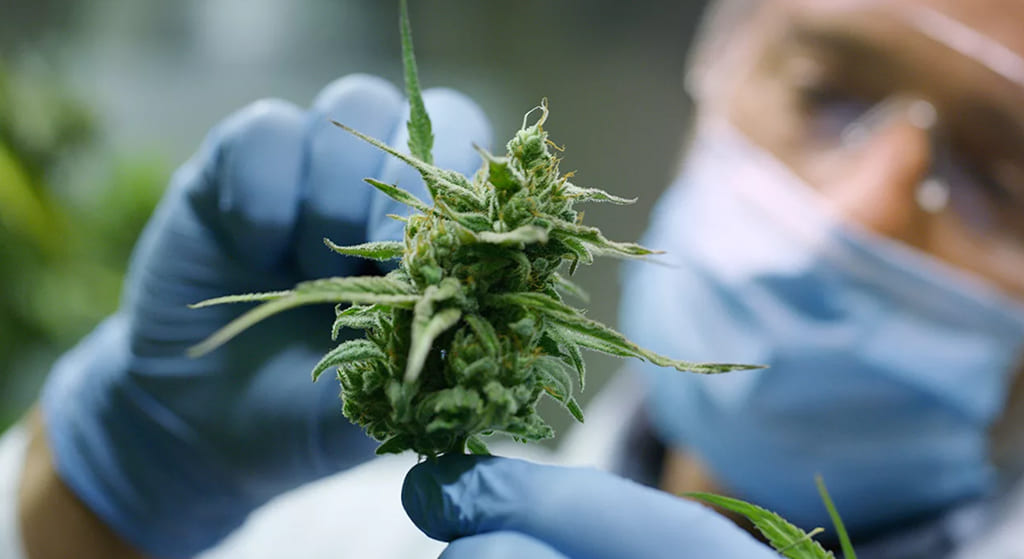
How to Get Your THCA for Pain Relief
Since THCA transforms into THC when heated, the methods of consumption for pain relief are crucial. To keep THCA in its acidic form, you must avoid decarboxylation. The most straightforward way to consume THCA is by using raw cannabis. Fresh leaves, stems, and even unheated flower buds can be tossed into smoothies, juices, or salads. This allows you to reap all the benefits of THCA, along with a wealth of other beneficial compounds like chlorophyll, vitamins, and minerals naturally present in the raw plant.
Beyond the kitchen, specialized THCA products are popping up on the market, such as tinctures or capsules, which are manufactured without heat. These products ensure that THCA remains in its native form and provide precise dosing, which is incredibly important for therapeutic applications. So, if you’re looking for answers to “Can THCA be used for pain?” without altering your state of mind, these methods are your go-to.
- Consuming raw cannabis (smoothies, juices) preserves THCA.
- Specialized THCA tinctures and capsules are available.
- Avoid heating to maintain THCA in its original form.

Practical Tips for Using THCA for Pain Management
If you’re considering trying THCA for pain relief, a few practical tips can help you get the most out of it. First, always begin with low doses. Even though THCA isn’t psychoactive, everyone’s body reacts differently, and finding your optimal dosage is key. You might start by adding a small amount of fresh cannabis to your morning smoothie and gradually increase the quantity, carefully noting how you feel. Take your time; this isn’t a race, but a journey toward relief.
Secondly, always choose high-quality cannabis. To obtain THCA, it’s vital to use fresh, pesticide-free plants. If you’re purchasing pre-made THCA products, ensure they come from reputable brands that provide lab analyses confirming THCA content and the absence of harmful contaminants. Thirdly, consistency is often key. Like many natural remedies, achieving a stable effect from THCA might require regular use. Remember, the journey to answering “Can THCA be used for pain?” is a personalized one.
- Start with low doses and increase gradually.
- Use high-quality, fresh cannabis or reputable products.
- Be consistent in your use for stable effects.
THCa buds for Relaxation in 2025
How does the effect of THCA vape differ from THC vape?
Can You Microdose THCA?
THCA’s Future in Medicine
THCA’s potential stretches far beyond simple pain relief. Researchers are actively exploring its possible applications in treating conditions like neurodegenerative diseases (such as Parkinson’s and Alzheimer’s), nausea, epilepsy, and even certain types of cancer. If these preliminary studies continue to show promising results, THCA could become a significant component in modern medicine’s toolkit, offering non-psychoactive therapeutic solutions. This truly opens up new horizons for cannabis as a medicinal plant, moving well beyond its psychoactive reputation.
Imagine a world where patients can experience powerful relief from chronic pain without encountering the often debilitating side effects associated with traditional painkillers like opioids. THCA could very well offer just such an opportunity, providing a potentially safer and effective alternative. While more research is undoubtedly needed, particularly human clinical trials, the current data is incredibly encouraging. The question “Can THCA be used for pain?” is gradually shifting from hypothesis to a realm of emerging evidence, paving the way for broader recognition and application.
- THCA shows promise for neurodegenerative diseases.
- Potential in treating nausea, epilepsy, and some cancers.
- Opens new doors for non-psychoactive cannabis therapies.
Conclusion: THCA – A Promising Path to Pain Relief
So, circling back to our main question: “Can THCA be used for pain?” Based on current research and our understanding of its mechanisms, the answer leans strongly towards a resounding yes. THCA stands out as a non-psychoactive cannabinoid with notable anti-inflammatory and pain-relieving properties. It holds the potential to offer significant relief for individuals suffering from various types of pain, particularly chronic and inflammatory conditions. Its ability to act without altering consciousness makes it an appealing option for daytime use and for anyone seeking the therapeutic benefits of cannabis without the “high.”
As science continues to unlock the mysteries of cannabinoids, THCA is undoubtedly poised to take on an increasingly prominent role in the medical landscape. It’s not just “raw THC”; it’s a unique compound with its own powerful therapeutic potential. If you or your loved ones are exploring new avenues for pain management, delving into THCA might be your next step. Remember the importance of choosing quality products and consulting with a healthcare professional. The world of cannabis is full of amazing discoveries, and THCA is certainly one of the most exciting!
- THCA is a non-psychoactive cannabinoid with pain-relieving properties.
- It’s especially effective for inflammatory and chronic pain.
- Offers new therapeutic possibilities without the “high.”

OPEN
What exactly is THCA, and how is it different from THC?
THCA, or tetrahydrocannabinolic acid, is a non-psychoactive cannabinoid found in raw, unheated cannabis. It’s essentially the precursor to THC (tetrahydrocannabinol), which is the compound known for causing the “high.” When you heat cannabis, THCA undergoes a process called decarboxylation and converts into THC. So, the main difference is that THCA won’t get you high, making it appealing for therapeutic use without altering your mental state. This is crucial for anyone wondering Can THCA be used for pain without the intoxicating effects of traditional cannabis.
How does THCA actually help with pain if it’s not psychoactive?
THCA is believed to reduce pain through several mechanisms that don’t involve binding to the same receptors as THC. Research suggests it has strong anti-inflammatory properties, which can be particularly beneficial for pain caused by inflammation, like arthritis. It may also interact with other receptors in the body, such as TRPA1 and TRPV1, which are involved in pain perception. By reducing inflammation and modulating pain signals, THCA offers a unique approach to pain relief without the psychoactive side effects, directly answering Can THCA be used for pain? in a non-intoxicating way.
What types of pain might THCA be most effective for?
Given its potent anti-inflammatory properties, THCA shows significant promise for various types of pain, especially those with an inflammatory component. This includes conditions like arthritis, irritable bowel syndrome (IBS), and potentially even neuropathic pain. Since it doesn’t cause a high, it’s also a great option for chronic pain sufferers who need relief throughout the day without impairing their ability to work or perform daily tasks. While more human clinical trials are needed, the current understanding suggests its anti-inflammatory action makes it a strong candidate.
What are the best ways to consume THCA to ensure it remains non-psychoactive?
To preserve THCA in its non-psychoactive form, you must avoid heating it. The most common methods involve consuming raw cannabis. This could mean juicing fresh cannabis leaves and buds, adding them to smoothies, or even incorporating them into salads. You can also find specialized THCA products like tinctures or capsules that are prepared without heat, ensuring the cannabinoid remains in its acidic state. Steer clear of smoking, vaping, or baking, as these methods will decarboxylate THCA into psychoactive THC.
Are there any side effects or considerations when using THCA for pain?
While THCA is generally well-tolerated because it’s non-psychoactive, it’s always wise to start with a low dose and gradually increase it to find what works best for your body. As with any natural supplement, individual reactions can vary. Ensure you source THCA products from reputable suppliers who provide third-party lab testing to confirm purity and potency, especially when exploring Can THCA be used for pain? Always consult with a healthcare professional before adding any new supplement to your regimen, particularly if you’re taking other medications.








